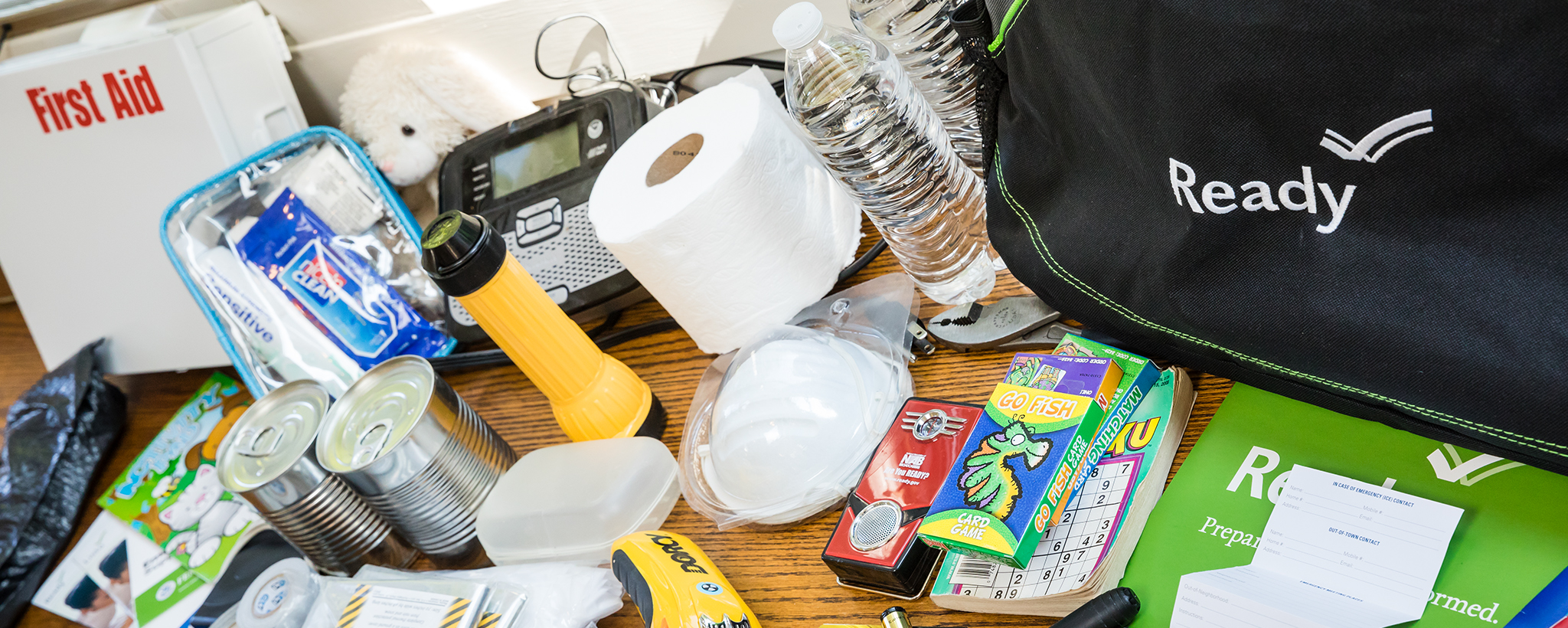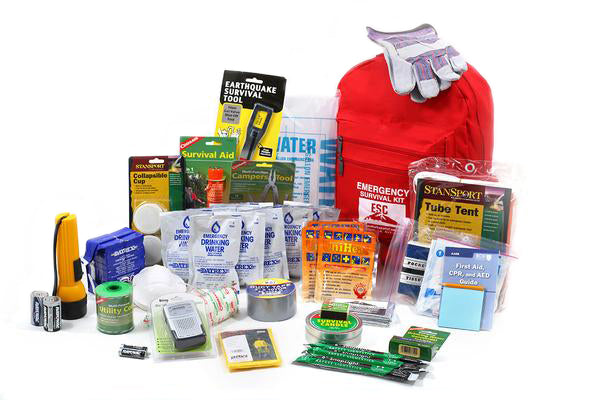Vital Emergency Preparedness: Your Comprehensive Overview
Exactly How to Create a Detailed Emergency Preparedness Strategy
In the world of preparedness, developing a detailed emergency situation plan is not simply a task to mark off a checklist; it is a crucial keystone of any organization or person's durability method. From all-natural disasters to unforeseen dilemmas, the capacity to prepare for, mitigate, and respond successfully can suggest the difference between chaos and control. By carefully crafting a plan that deals with different elements of emergency situation monitoring, consisting of risk assessment, communication protocols, resource allotment, and calculated decision-making, one can lay a solid foundation for securing properties, procedures, and lives. The true efficacy of such a strategy exists not only in its production yet likewise in its continuous maintenance and adjustment to progressing challenges and threats.
Value of Emergency Preparedness
Emergency situation preparedness is vital for minimizing prospective threats and guaranteeing the safety and security of individuals and areas. In today's globe, where all-natural disasters, public health and wellness situations, and other emergencies can strike without warning, being prepared can make a substantial difference in reducing the effect of these occasions. By having a well-balanced emergency preparedness plan in position, organizations and individuals can react properly, protect lives, and minimize home damages.
Among the primary reasons emergency situation readiness is essential is its function in saving lives. Having a plan that describes clear procedures for communication, emergency, and evacuation response can aid people act quickly and decisively when emergency situations happen (official site). This can protect against injuries and deaths by making certain that individuals understand what actions to take to stay secure
Furthermore, emergency readiness improves the strength of communities. By fostering a society of preparedness and planning for different circumstances, communities can bounce back faster from interruptions and calamities. This resilience is important for preserving security, connection of procedures, and total well-being in the face of hardship.
Assessing Possible Dangers
Taking into consideration the importance of being prepared for unanticipated occasions, the first action in creating a reliable emergency situation readiness strategy includes completely examining and assessing prospective dangers. This evaluation needs a detailed evaluation of all possible risks that could affect the company, taking into consideration variables such as area, sector, and historic data on incidents. By identifying these threats, companies can prioritize their readiness efforts and allocate sources successfully to mitigate the most significant threats.
Usual threats that organizations may face consist of natural disasters like earthquakes, storms, or floodings, technical dangers such as power failures or information violations, as well as human-caused threats like mishaps or intentional acts of physical violence. Conducting a threat assessment additionally involves considering the prospective impact of these occasions on the organization's operations, workers, consumers, and track record. By conducting a thorough threat assessment, companies can develop tailored emergency situation reaction strategies that resolve their particular susceptabilities and guarantee reliable preparedness for any type of potential dilemma.
Creating an Interaction Plan
Establishing a detailed and clear interaction plan is necessary for effective emergency readiness within companies. In times of crisis, interaction plays a crucial function in guaranteeing the security and health of employees, stakeholders, and the neighborhood. A well-thought-out communication plan need to outline clear lines of communication, assign crucial employees responsible for communication tasks, and establish protocols for distributing details rapidly and accurately.
One key element of producing a communication plan is determining main and alternating interaction networks (EMERGENCY PREPAREDNESS). These can consist of e-mail, text messaging, phone trees, social networks systems, and public address systems. It is vital to ensure that these networks are reliable, available, and on a regular basis examined to assure their performance during emergencies

Structure an Emergency Package
Offered the critical importance of preparedness in times of situation, a key element that organizations must resolve is the establishment of an emergency package. When assembling an emergency set, it is vital to consider the specific needs and scenarios of the organization. In addition, organizations need to include crucial records, such as get in touch with lists, insurance policy information, and emergency situation response plans, in waterproof containers within the set.
Establishing Discharge Procedures
To ensure the security and orderly evacuation of personnel during emergency situations, companies must develop clear and effective emptying treatments. Emptying treatments should encompass a variety of prospective circumstances, consisting of fires, all-natural calamities, or other emergencies that call for speedy discharge.

In addition, companies must develop a system for accounting for all employees throughout a discharge to ensure that everyone has safely exited the facilities. Interaction plays an important function in evacuation treatments, with clear guidelines on how to evacuate and when to do so. Routine evaluation and upgrading of discharge treatments based on feedback and altering circumstances are important to preserving the effectiveness of the plan.
Conclusion
To conclude, developing an extensive emergency preparedness strategy is essential for making certain the security and wellness of individuals in the occasion of a calamity (EMERGENCY PREPAREDNESS). By analyzing prospective threats, producing a communication plan, constructing an emergency package, and establishing discharge individuals, treatments and companies can be much better outfitted to respond properly to emergencies. It is very important to focus on readiness initiatives to mitigate the effect of catastrophes and secure lives and residential property
In the realm of preparedness, developing a detailed emergency situation plan is not simply a job to inspect off a listing; it is a crucial foundation of any organization or person's durability strategy. When emergency situations happen, having a strategy that details clear procedures for emergency, interaction, and emptying feedback can assist individuals act promptly and decisively. try this. By conducting a thorough threat assessment, companies can develop tailored emergency feedback plans that resolve their details vulnerabilities and make sure reliable preparedness for any type of possible crisis
Developing a thorough and clear interaction strategy is vital for efficient emergency situation readiness within organizations. By analyzing potential dangers, producing an interaction plan, developing an emergency kit, and developing evacuation individuals, treatments and organizations can be better outfitted to react efficiently to emergencies.